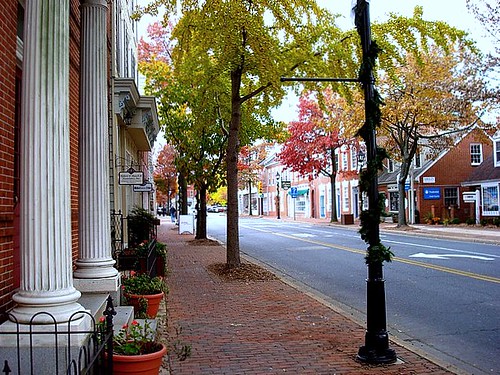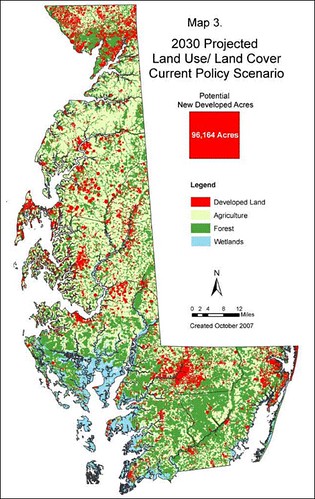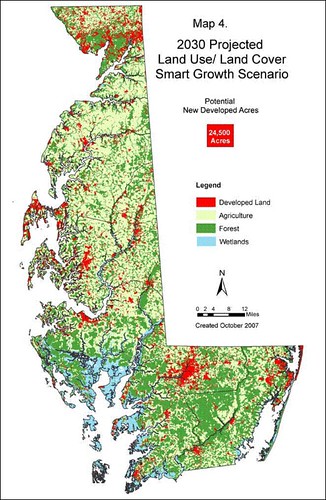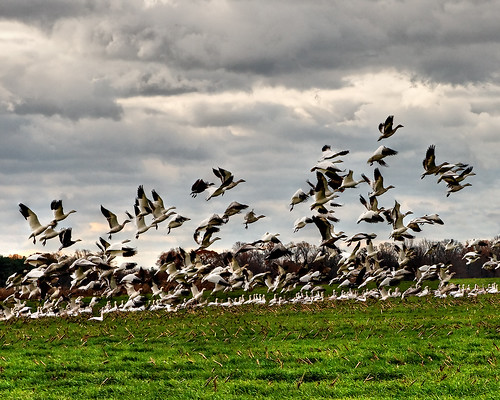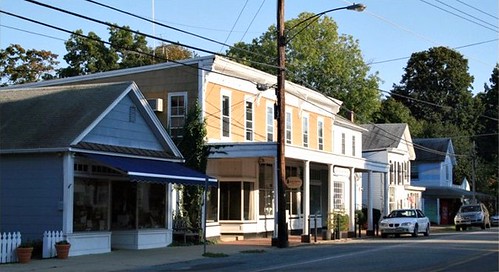The link between thriving towns and a sustainable rural landscape

Posted March 18, 2011 at 1:00PM
Yesterday, the Eastern Shore (MD) Land Conservancy announced the launching of a new Center for Towns to support “models of sustainable, walkable, diverse, well-defined and vibrant communities within our beautiful rural landscape.” The Center was announced at a press event attended by yours truly in the beautiful town of Easton, where the Conservancy is also holding a conference. I was honored to be invited to speak at the conference, along with my cyber-pal and fellow blogger Chuck Marohn of the organization and consultancy Strong Towns.
The new Center is a logical and potentially important step for ESLC and the Eastern Shore. This scenic, mostly rural part of Maryland – nine counties bordered by the Chesapeake Bay to the west, the Atlantic Ocean to the southeast, and the state of Delaware to the east – is at the heart of one of the world’s great ecosystems. It is also an ecosystem in itself, rich with farms, wetlands, and wildlife, including some amazing waterfowl. James Michener’s famous novel Chesapeake was set here.
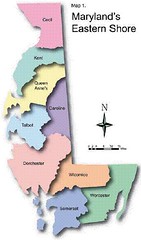 But there is no healthy landscape without healthy towns. The ecosystem for people and the ecosystem for nature are utterly dependent on each other. Tourism, farming and fishing, for example, are very big parts of the local human economy and all three are dependent on a sustainable landscape and natural environment. All three are also put at risk by sprawl, which has been gobbling up the shore at a rate three times faster than population growth.
But there is no healthy landscape without healthy towns. The ecosystem for people and the ecosystem for nature are utterly dependent on each other. Tourism, farming and fishing, for example, are very big parts of the local human economy and all three are dependent on a sustainable landscape and natural environment. All three are also put at risk by sprawl, which has been gobbling up the shore at a rate three times faster than population growth.
Yet this not a busy metropolitan area. Although the region as a whole has a population of over 400,000 residents, they are dispersed: the Shore's largest community, Salisbury, had a population of only 23,743 at the 2000 census. There are a total of around 50 municipalities in the nine counties.
To stem the spread of sprawl, the Shore’s towns must be strong enough to attract and hold residents, businesses and investment. The number of households on the Shore is projected by the Maryland Department of Planning to grow by 43 percent over the next 25 years, and it will be critical that the growth be absorbed in as small a footprint as possible within and around the town centers, in order to conserve the landscape and limit environmental impacts.
Fortunately, this is entirely possible. The Department of Planning has done a capacity analysis finding that all of the growth can be absorbed within the designated “priority funding areas” on the Shore. 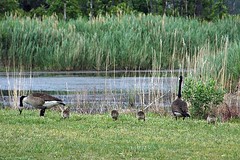 PFAs are the areas within Maryland’s soft (too soft) growth boundaries, drawn around existing communities by the counties; state money in support of development is mostly restricted to the PFAs.
PFAs are the areas within Maryland’s soft (too soft) growth boundaries, drawn around existing communities by the counties; state money in support of development is mostly restricted to the PFAs.
But loopholes abound: in the decade and a half since the law has been on the books, as much as 42 percent of the Shore’s new single-family housing was built outside the areas designated for growth, as if they didn’t exist. Even worse, the average lot size of parcels built outside the PFAs for the 15-year period was more than two acres, over five times as large as the average lot size inside of PFAs. This, my friends, is sprawl, plain and simple.
If political will can be mustered, this can be turned around. The Department of Planning estimates that approximately 96,000 acres of farm and forest land could be converted to development under current trends. But a scenario incorporating only modest smart growth measures could save 72,000 acres of resource lands, reducing the land lost to development to just 24,000 acres (a 75 percent reduction). In the maps below, the one on the left shows the pattern of development under current trends; the one on the right shows the smart growth scenario. Both accommodate the same number of additional residents.
The International City/County Management Association’s excellent publication, Putting Smart Growth to Work in Rural Communities (written with the federal EPA), recommends a number of excellent strategies to bolster the continuing viability of the rural landscape. Here are some:
- Rural zoning, which can restrict development to very large parcels (the Maryland Department of Planning recommends a minimum of 20 acres) and/or purposes consistent with conservation goals;
- Value taxation, which taxes rural land according to its current use, rather than at a higher rate based on development build-out; this lowers the tax burden of keeping property in farming;
- Conservation tax credits;
- Right to farm policies;
- Renewable energy development, encouraging wind farming or biomass production on rural land, bolstering its income-producing potential;
- Transfer of development rights programs, allowing landowners in areas selected for conservation to sell their development rights at market value to owners in designated growth areas, who are then granted the ability to build at higher densities;
- Purchase-local policies that give government preference (e.g., in schools) to farm products produced locally.
Inside the towns, of course, one would look to the principles of smart growth to foster great neighborhoods:
- Using land efficiently to keep the development footprint small;
- Using existing assets by building where infrastructure already exists, and adapting older buildings for re-use;
- Supporting walkable densities;
- Connecting streets where there are gaps and building any new streets with good connections both inside the new development and outside to surrounding neighborhoods;
- Providing a variety of choices in housing and transportation (including with good pedestrian and bicycling infrastructure);
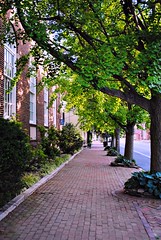 Encouraging a healthy mix of diverse uses that create complete neighborhoods;
Encouraging a healthy mix of diverse uses that create complete neighborhoods;- Making it green, with neighborhood-scale parks, green stormwater infrastructure, and green building technology.
The Shore already has wonderful models to draw from, in its historic communities such as Salisbury, Easton, Cambridge, Oxford, Chestertown and more (see photos). There is a reason that these lovely, walkable town centers have stood the test of time and continue to draw visitors.
The Shore is in a position to commit to principles like these and guide its future development in an environmentally and economically sound manner. If it does, its future looks very bright indeed, for many decades to come. But, if it fails to do so, sprawl could undermine all of the qualities that have made it special, for nature and for people. The Land Conservancy's new Center for Towns can play a role in helping communities make good choices.
For more, I recommend two excellent reports: The Maryland Department of Planning’s A Shore for Tomorrow, and the Conservancy’s “State of the Shore” report.
Move your cursor over the images for credit information.
